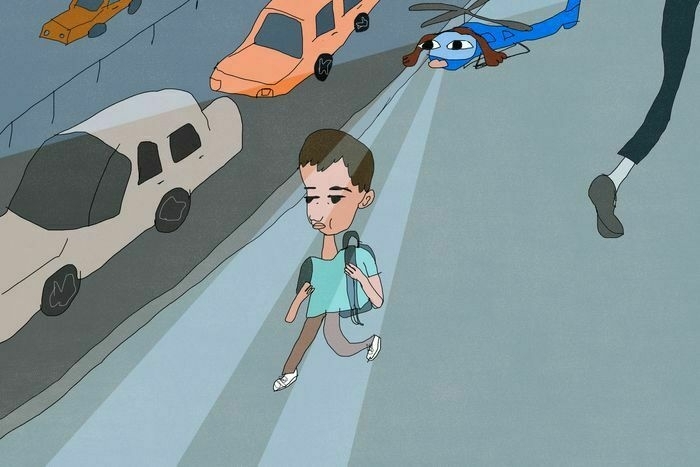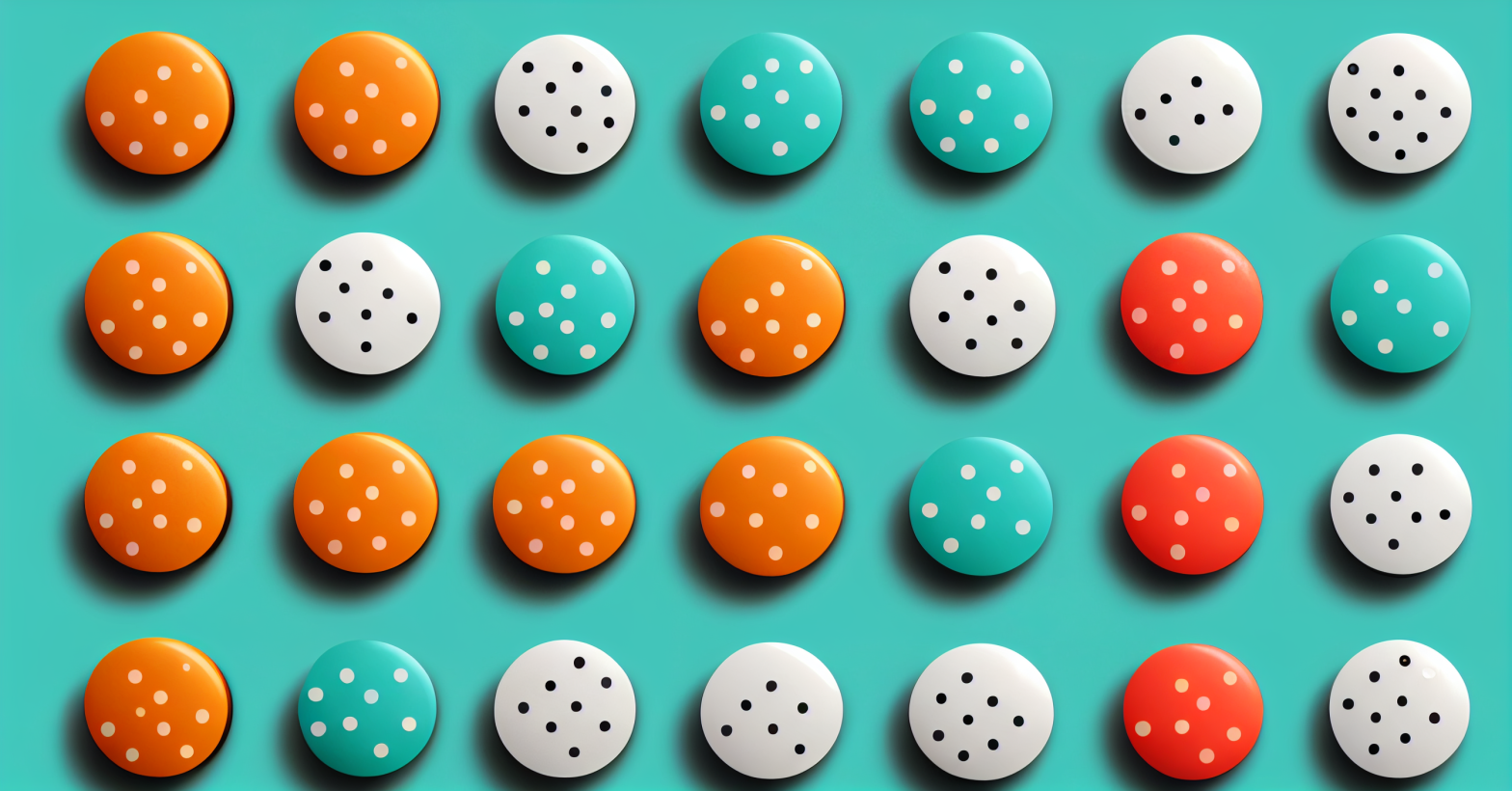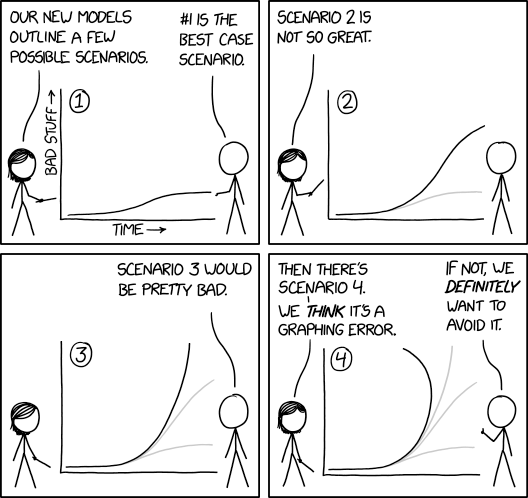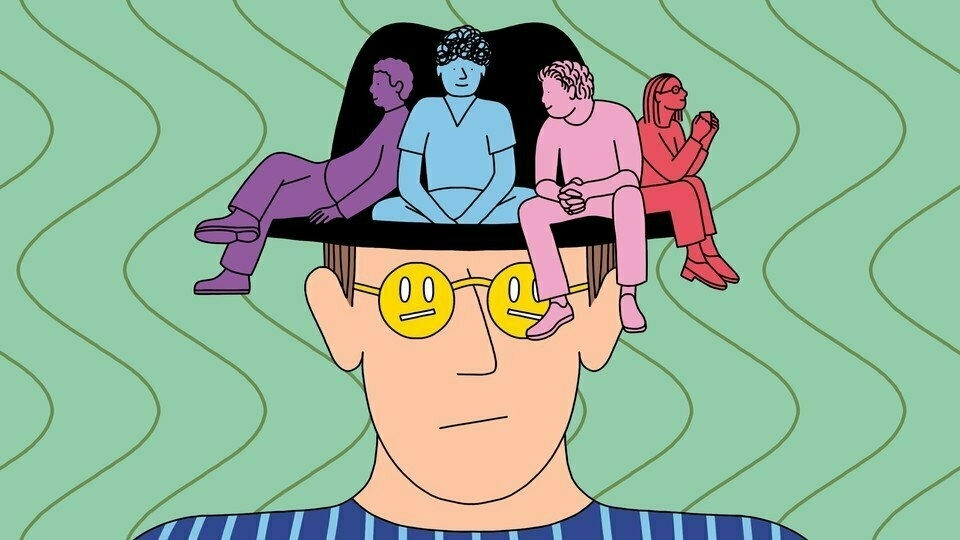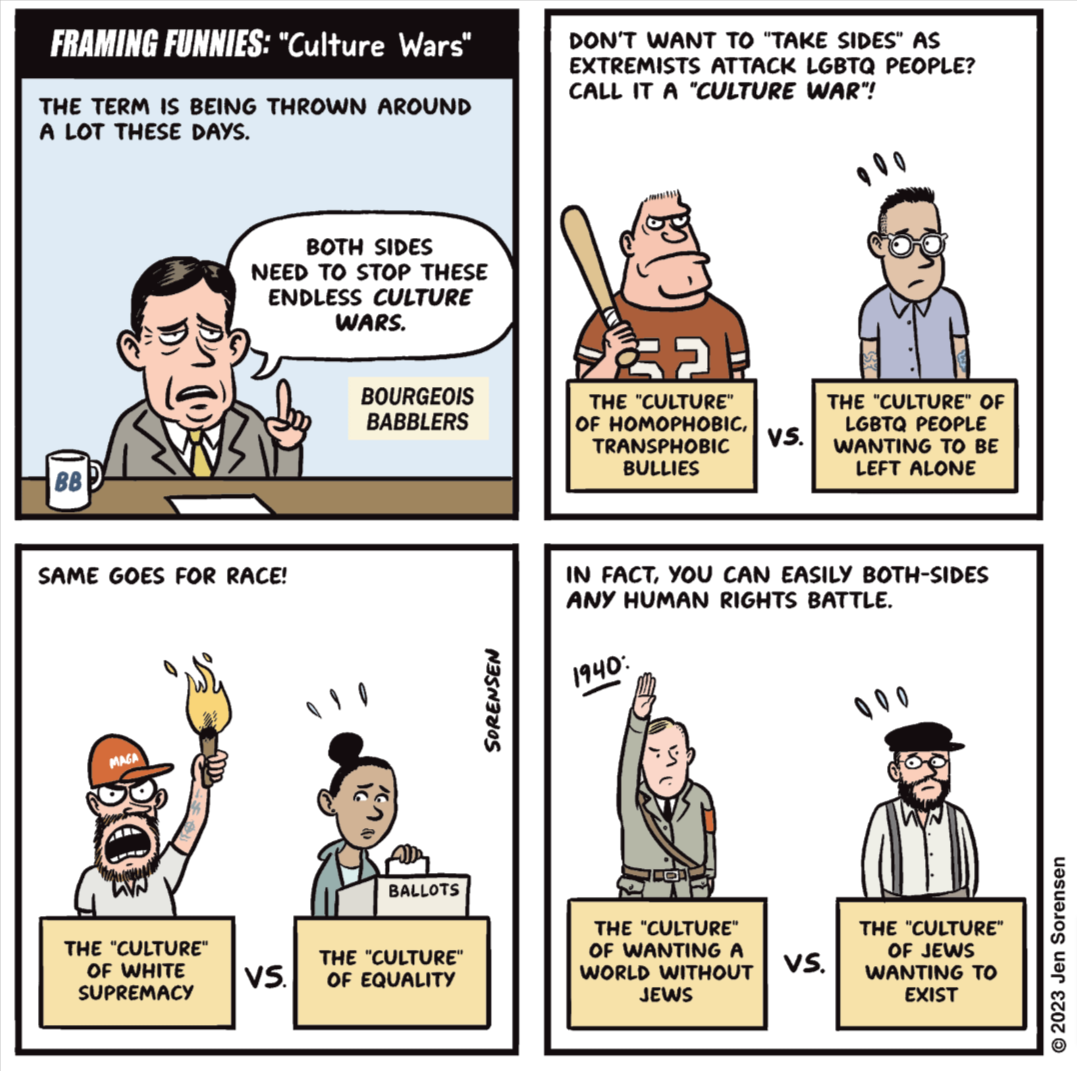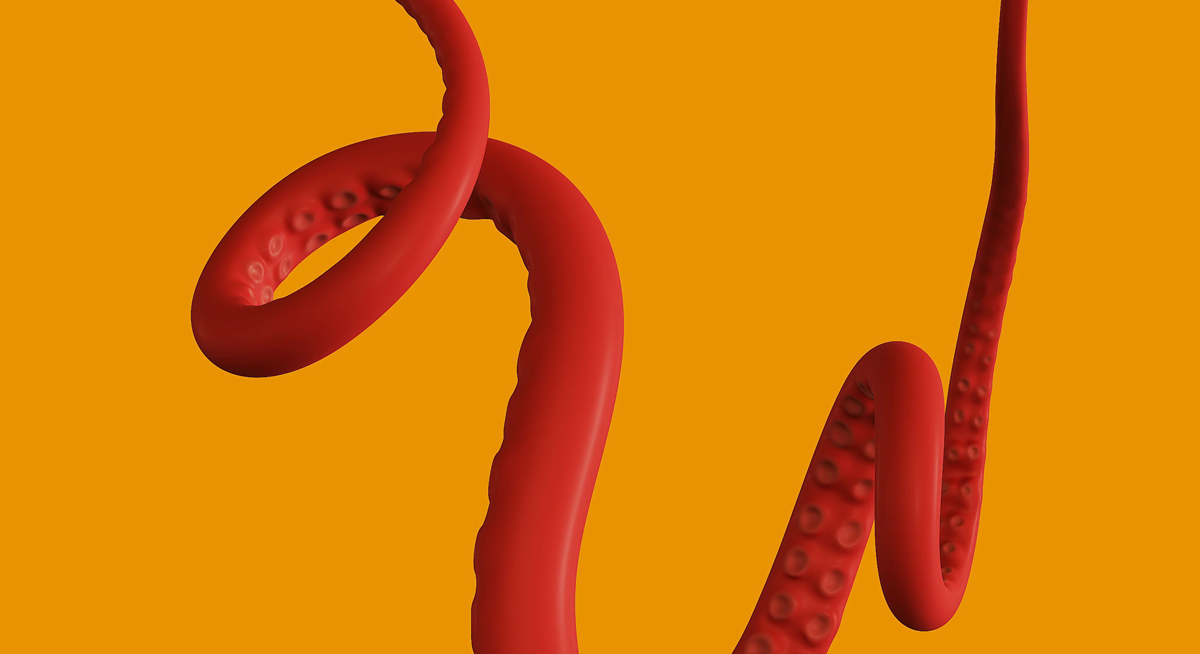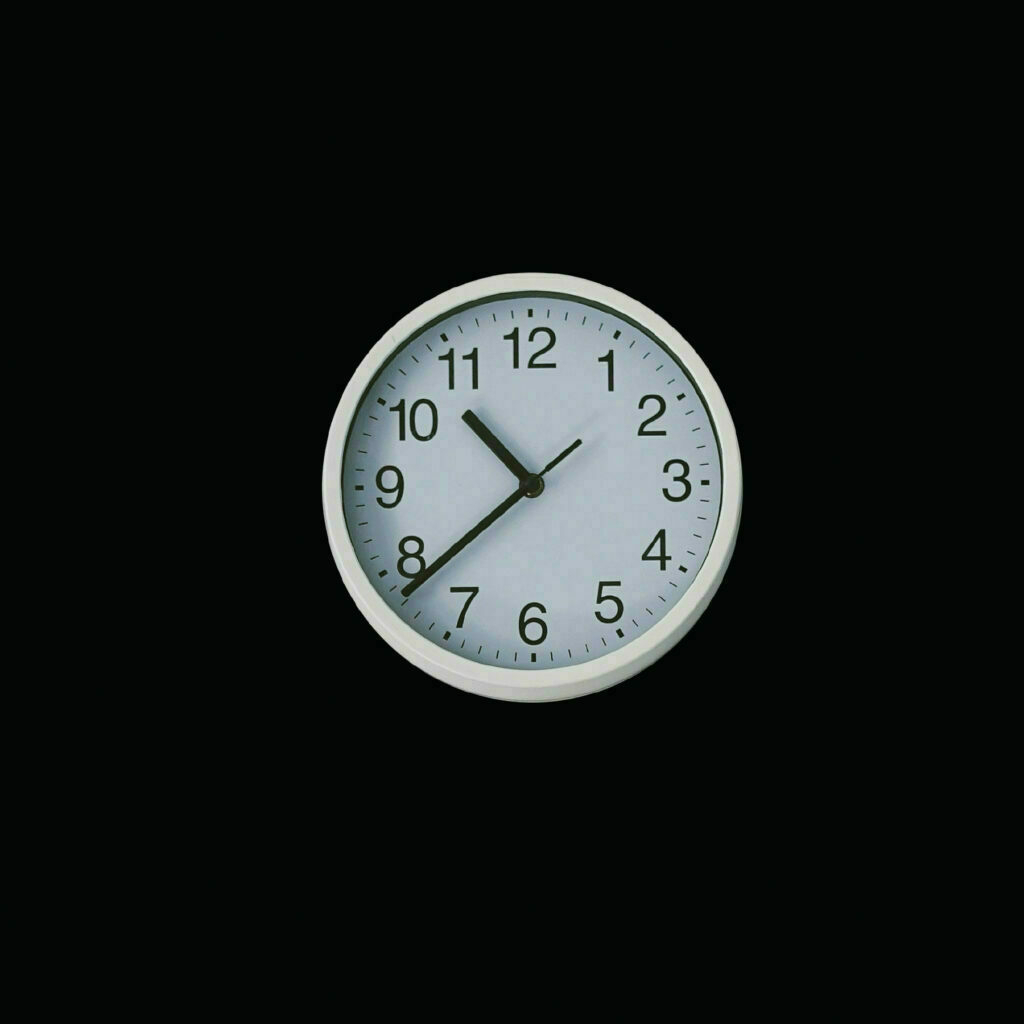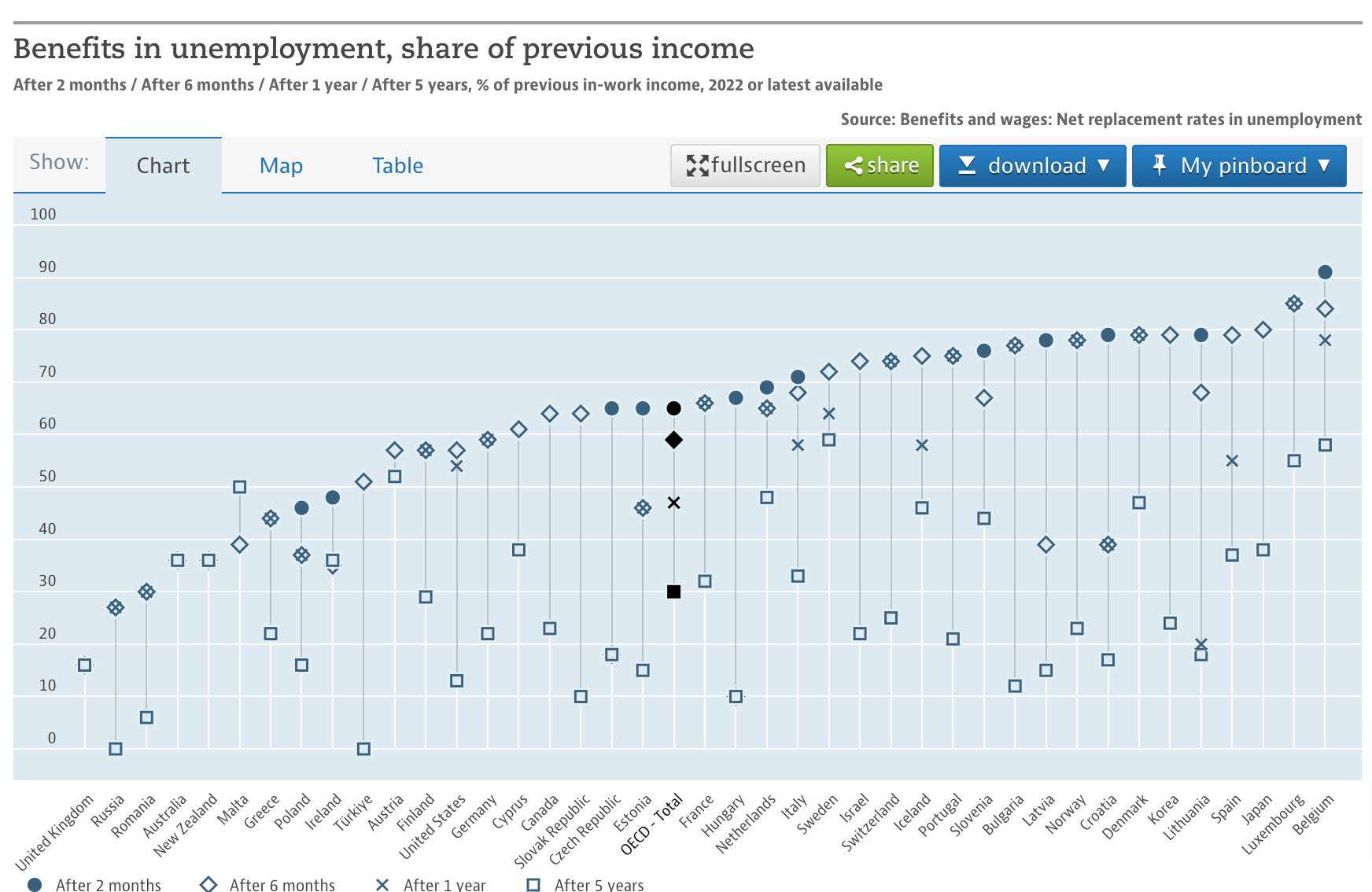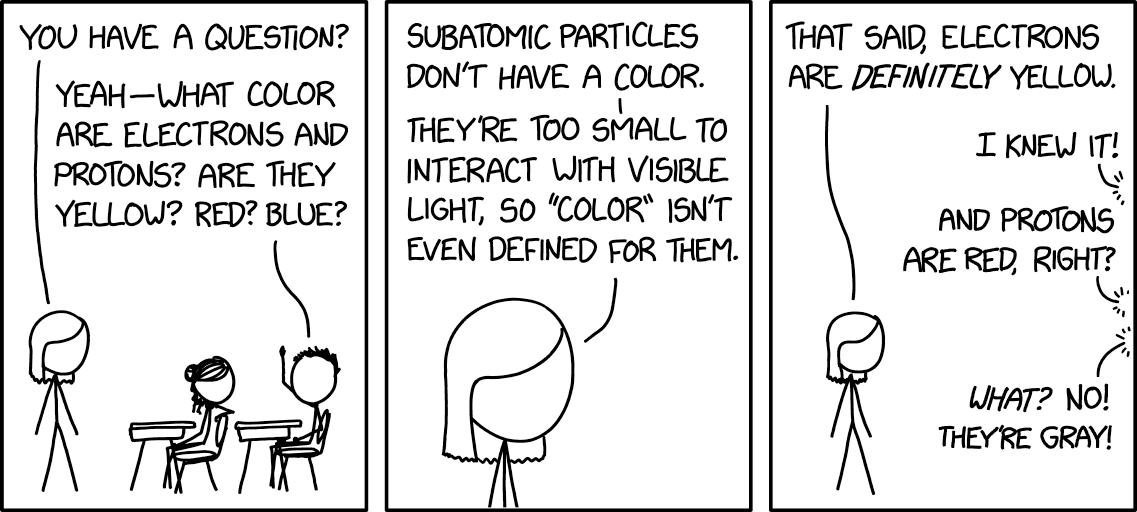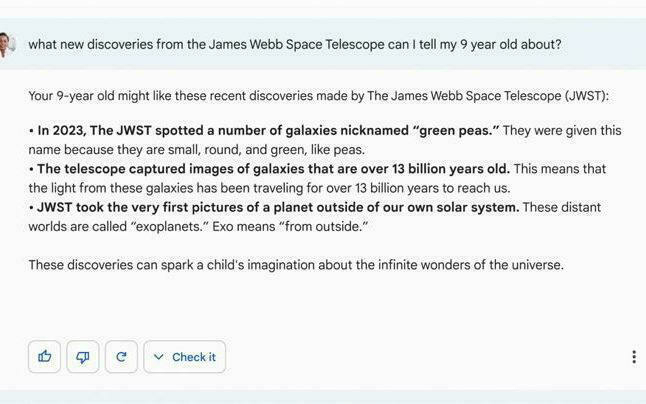-
Why are we here? [PURPOSE]
-
How are we different? [POSITIONING]
-
Why should you care? [PROPOSITION]
The laziness of helicopter parenting
This article in The Cut by Kathryn Jezer-Morton is fantastic. There’s a tension in parenting between, on the one hand, giving your kids space to grow, be themselves, and make mistakes — and, on the other, looking out for them, being time-efficient, and avoiding the opprobrium of other parents.
As my kids get older, I am learning how labor-intensive it is to teach them to be independent, and I’m beginning to think that we have the helicopter-parent/hands-off-parent binary all wrong. Maybe helicopter parenting is a form of neglect, one that might even be comparable in its harmfulness to the kind of neglect that forces kids to grow up by their own wits. The crisis of teen mental health in the wake of COVID can be explained in all sorts of ways, but a common denominator is that many teenagers feel that they have no control over their lives, which is distressing for any human. When you teach a kid to be safely independent, you give them some of that control. Denying a kid that opportunity is cruelty disguised as parental virtue – it’s beyond fucked up and dark, when you really think about it.Source: Are Helicopter Parents Actually Lazy? | The CutI also wonder if we misunderstand some of the motivations for helicopter parenting. We assume it’s an anxiety response, and I’m sure that explains a lot of it, but it’s also the path of least resistance.
[…]
“Parents who are very involved, wanting to know what their child is doing in the world — that is often considered part of helicopter parenting, but that isn’t necessarily a problem,” said [Dr. Gail Saltz, clinical associate professor of psychiatry at New York-Presbyterian Hospital and host of the How Can I Help? podcast from iHeartRadio]. “Being involved is distinct from wanting to help a child make all of their decisions. The problem is ‘I will help you do all the things. I will get involved in your conflicts. I will not let you make any mistakes.’” According to Saltz, even parents of young children should avoid approaching parenting as a troubleshooting exercise. Children become accustomed to this degree of parental involvement. The more time parents spend clearing the path for their offspring, the harder it is for children to adapt to facing obstacles on their own.
[...]
Helicopter parenting is also a way of protecting yourself from the judgment of other parents. In fact, its specter can loom even larger than actual threats to children’s safety. The off-piste vigilance of strangers can make an otherwise safe, ordinary situation spiral into conflict and defensiveness.
[...]
It doesn’t take only energy and attention to teach your kids to navigate independence safely. It takes a certain willingness to accept that someone out there might think you’re a bad parent. Allowing imagined judgment to cloud our decision making is like letting an internet comments section make our choices for us. Helicopter parenting is the manifestation of overlapping anxieties about the hazards of the world and about the opinions of other people. It’s also a product of the narcissistic delusion that our children’s (inevitable, developmentally necessary) failures are our own.
Illustration: Hannah Buckman
Curiosity, projectories, and AI
I’ve read a lot of danah boyd’s work over the years, especially given how her research interests intersect with my work. In this long-ish post, she argues for an approach to AI driven by curiosity and the concept of ‘projectories’ (subject to guardrails).
I just returned from a three month sabbatical spent mostly offline diving through history and I feel like I’ve returned to an alien planet full of serious utopian and dystopian thinking swirling simultaneously. I find myself nodding along because both the best case and worst case scenarios could happen. But also cringing because the passion behind these declarations has no room for nuance. Everything feels extreme and fully of binaries. I am truly astonished by the the deeply entrenched deterministic thinking that feels pervasive in these conversations.Source: Resisting Deterministic Thinking | danah boyd[…]
The key to understanding how technologies shape futures is to grapple holistically with how a disruption rearranges the landscape. One tool is probabilistic thinking. Given the initial context, the human fabric, and the arrangement of people and institutions, a disruption shifts the probabilities of different possible futures in different ways. Some futures become easier to obtain (the greasing of wheels) while some become harder (the addition of friction). This is what makes new technologies fascinating. They help open up and close off different possible futures.
[...]
Even though deterministic thinking can be extraordinarily problematic, it does have value. Studying the scientists and engineers at NASA, Lisa Messeri an Janet Vertesi describe how those who embark on space missions regularly manifest what they call “projectories.” In other words, they project what they’re doing now and what they’re working on into the future in order to create for themselves a deterministic-inflected roadplan. Within scientific communities, Messeri and Vertesi argue that projectories serve a very important function. They help teams come together collaboratively to achieve majestic accomplishments. At the same time, this serves as a cognitive buffer to mitigate against uncertainty and resource instability. Those of us on the outside might reinterpret this as the power of dreaming and hoping mixed with outright naiveté.
[...]
Where things get dicy is where delusional thinking is left unchecked. Guard rails are important. NASA has a lot of guardrails, starting with resource constraints and political pressure. But one of the reasons why the projectories of major AI companies is prompting intense backlash is because there are fewer other types of checks within these systems. (And it’s utterly fascinating to watch those deeply involved in these systems beg for regulation from a seemingly sincere place.)
[...]
Rather than doubling down on deterministic thinking by creating projectories as guiding lights (or demons), I find it far more personally satisfying to see projected futures as something to interrogate. That shouldn’t be surprising since I’m a researcher and there’s nothing more enticing to a social scientist than asking questions about how a particular intervention might rearrange the social order.
[...]
I, for one have no clue what’s coming down the pike. But rather than taking an optimistic or a pessimistic stance, I want to start with curiosity. I’m hoping that others will too.
The madman is the man who has lost everything except his reason
I always enjoy reading L.M. Sacasas' thoughts on the intersection of technology, society, and ethics. This article is no different. In addition to the quotation from G.K. Chesterton which provides the title for this post, Sacasas also quotes Wendell Berry as saying, “It is easy for me to imagine that the next great division of the world will be between people who wish to live as creatures and people who wish to live as machines."
While I’ve chosen to highlight the part riffing off David Noble’s discussion of technology as religion, I’d highly recommend reading the last three paragraphs of Sacasas' article. In it, he talks about AI as being “the culmination of a longstanding trajectory… [towards] the eclipse of the human person”.
The late David Noble’s The Religion of Technology: The Divinity of Man and the Spirit of Invention, first published in 1997, is a book that I turn to often. Noble was adamant about the sense in which readers should understand the phrase “religion of technology.” “Modern technology and modern faith are neither complements nor opposites,” Noble argued, “nor do they represent succeeding stages of human development. They are merged, and always have been, the technological enterprise being, at the same time, an essentially religious endeavor.”Source: Apocalyptic AI | The Convivial Society[…]
The Enlightenment did not, as it turns out, vanquish Religion, driving it far from the pure realms of Science and Technology. In fact, to the degree that the radical Enlightenment’s assault on religious faith was successful, it empowered the religion of technology. To put this another way, the Enlightenment—and, yes, we are painting with broad strokes here—did not do away with the notions of Providence, Heaven, and Grace. Rather, the Enlightenment re-framed these as Progress, Utopia, and Technology respectively. If heaven had been understood as a transcendent goal achieved with the aid of divine grace within the context of the providentially ordered unfolding of human history, it became a Utopian vision, a heaven on earth, achieved by the ministrations Science and Technology within the context of Progress, an inexorable force driving history toward its Utopian consummation.
[…]
In other words, we might frame the religion of technology not so much as a Christian heresy, but rather as (post-)Christian fan-fiction, an elaborate imagining of how the hopes articulated by the Christian faith will materialize as a consequence of human ingenuity in the absence of divine action.
Image: Midjourney (see alt text for prompt)
Battles over human rights are not 'culture wars'
The right of politics seems to always find ways to describe in neutral or pejorative terms (e.g. “woke”) things that threaten the (racist, sexist, homophobic) status quo.
One of these tactics is to reframe human rights battles as ‘culture wars’, as Jen Sorensen so perfectly skewers in this cartoon.
The term “culture war” is being thrown a lot these days.Source: Culture War Hawks | The Nib (via Kottke)
The progress of AI art
After subscribing to ChatGPT even before version 4 came out, I subscribed to Midjourney recently. There’s a lot of concern around these things, and rightly so. But also, it’s exciting and (despite what some say) creative.

AI was arguably the most contentious topic in the world of art and design last year, and looks set to retain the same honour in 2023. Text-to-image generators have been causing controversy for a while now – but perhaps lost in all the noise is just how much they've developed in the last 12 months alone.Source: Mind-blowing image reveals how AI art has progressed in 1 year | Creative Bloq[…]
The images were created one year apart, with the exact same text prompt: ‘Donald Trump and Barack Obama playing basketball’. And while the first image is a nightmarish blob of barely distinguishable flesh, the second is practically photo-realistic.
Purpose, positioning, proposition
I’m just bookmarking this for next time I’m involved in a website redesign. Purpose, positioning, proposition. Right, got it.
Ultimately, in order to draw customers into the fold for the long-haul, you will need to offer your customers meaningful answers to the following three questions:Source: Releasing the purpose kraken | ABA
If you can do this with authenticity and relevance, then you may just be onto something powerful – even kraken-like – for your brand.
Lifehouses, not churches
We used to go to church regularly. Then, as the kids grew older and sporting fixtures took over the weekend, we started going sporadically. Then, after the pandemic, we stopped going altogether. It seems we weren’t alone, as attendance, which was already declining, has fallen sharply. In fact, around 25% of Anglican churches no longer hold weekly services.
So what are we to do with these buildings? There are two massive ones at the end of our road, and a third was converted into a house a couple of decades ago. Writing in The Guardian, Simon Jenkins suggests we need to reconnect the buildings with the communities which surround them.

Throughout history these buildings have offered their publics ceremony and memorial, peace and meditation, charity and friendship, quite apart from faith. It is wrong that modern communities do not use them for such – or any other – purposes merely because religion has declined. They were built on the tithes of rich and poor alike.Adam Greenfield expands on this with the concept of 'Lifehouses'. He discusses this in a Mastodon thread with the following quotation coming from his newsletter:[…]
It is senseless to expect the Church of England to find the money to maintain these places into the future. The solution must be to reconnect them to the surrounding communities from which the decline in worship has distanced them. They must be wholly or partly secularised. This is happening across Europe, where churches are being brought under the aegis of local councils. They can benefit from a specific – usually small – local “church tax” which, in countries such as Sweden and Germany, is voluntary. This has been the churches’ salvation.
The fundamental idea of the Lifehouse is that there should be a place in every three-four city-block radius where you can charge your phone when the power’s down everywhere else, draw drinking water when the supply from the mains is for whatever reason untrustworthy, gather with your neighbors to discuss and deliberate over matters of common concern, organize reliable childcare, borrow tools it doesn’t make sense for any one household to own individually, and so on, and that these can and should be one and the same place. As a foundation for collective resourcefulness, the Lifehouse is a practical implementation of solarpunk values, and it’s eminently doable.Source: The decline of churchgoing doesn’t have to mean the decline of churches – they can help us level up | The Guardian[…]
And of course, in longer-established neighborhoods, there will often already be a building or physical site that organically serves many of these functions – the neighborhood’s naturally-arising Schelling Point, or node of unconscious coordination. Whether church, mosque, synagogue, high-school gym or public library, it will be where people instinctively turn for shelter and aid in times of trouble. What I believe our troubled times now ask of us is that we be more conscious and purposive about creating loose networks of such places, each of them provisioned against the hour of maximum need.
There are just bodies, just us
Two books to add to my reading list, courtesy of this excellent review and analysis
Illness, I think, is a temporality — and not, as Susan Sontag famously posited in Illness as Metaphor, a place, where everyone holds dual citizenship between the kingdoms of sickness and health and can pass between the two. The truer statement, it seems to me, belongs to Gilda Radner, who died young of ovarian cancer: “It’s always something.” Constantly dealing with those somethings takes time, and you can no longer even pretend that your life will go along in an orderly, productive way. But does anyone’s? I’ve come to realize that the bifurcation between the sick and the well, the disabled and the able-bodied, is capitalism’s intervention. In reality, there are just bodies, just us.Source: Is Anyone Ever Well? - Lux MagazineTwo books published this fall trouble the binary between sickness and health. Health Communism, by Beatrice Adler-Bolton and Artie Vierkant, wholly refutes the possibility of being healthy under capitalism. The Future is Disabled, by Leah Lakshmi Piepzna-Samarasinha, argues that to meet a future full of catastrophe, we need to think and act like disability activists. These books want to talk about sickness as a source of solidarity, and a way forward out of our current, very unwell state.
[…]
Separating out the well and worthy workers from the sick and unproductive surplus class is one of capitalism’s more insidious divide-and-conquer tactics. We all know the person who brags about not taking one sick day in 20 years. But if capital separates the workers from the unwell, capitalists still manage to profit from both. The state, which could sustain the sickened surplus, instead neglects them, and the private health care sector steps in to profit. Adler-Bolton and Vierkant coin the term “extractive abandonment,” (a variation on Ruth Wilson Gilmore’s description of the carceral system as “organized abandonment”) to describe how public subsidies flow to privatized facilities offering substandard care, from for-profit nursing homes to prisons. As a result, those in need of care are less likely to receive it where they could thrive, let alone exercise their self-determination. Instead, they are shunted into a “warehouse” of care, a “public-private partnership of pure immiseration.”
Living your best life
I didn’t know this guy, but for some reason clicked through to this post which appeared in my LinkedIn stream. It’s oddly affecting to see the words of someone who recently passed away doing so at peace with the world and hte place he had in it.
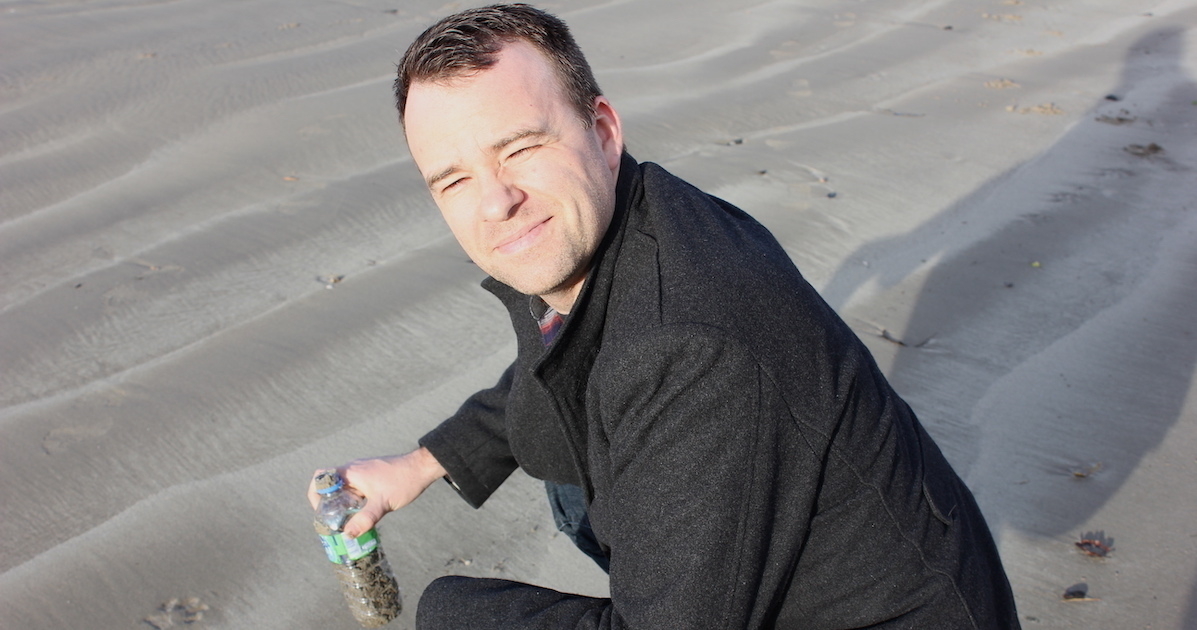
I wrote a book, I wrote a play and at least six thousand blog posts rife with dumb hot takes and cancellable offences. I ran a newspaper, a theatre company and a business. After a mentor invited me to work on the Copenhagen Climate Talks, I realised I could earn a living and still be on the side of the angels. And so, I helped to change laws that protect nature; I compelled people to get vaccinated during a pandemic; and I shook the hands of Prime Ministers in Paris.Source: They Were All Splendid | DarrenBarefoot.comI loved a woman for 27 years, but that is private and not for you.
This has been my life: art, exploring, work and love. I’m proud of it and sad that it’s shortened. I haven’t seen Asia. Will the Canucks win the Stanley Cup in the next thirty years? Will people walk on Mars?
I have a Buddhist friend who legitimately believes that every person is doing their best all of the time. I’ve finally come around to this idea. I’ve lived the best life I could.
Britain is screwed
I followed a link from this article to some OECD data which, as shown in the chart below, the UK has even lower welfare payments that the US. The economy of our country is absolutely broken, mainly due to Brexit, but also due to the chasm between everyday people and the elites.
On most measures, the country has the most limited welfare state of any developed country, including the United States, with the result being that working households are shouldering more risk than their peers and—as the Resolution Foundation recently found—today’s young Britons face paying far more in tax than they will ever receive back in terms of pensions and other benefits. The reverse is true of older cohorts.Source: Britain Is Much Worse Off Than It Understands | Foreign PolicyThere is also an unprecedented housing crisis, with young people increasingly excluded from home ownership if they cannot access family wealth. Public services are under unprecedented pressure, especially health care. Excess deaths have risen while Britain is the only country in Europe suffering from declining life expectancy.
Synesthetic xkcd
I’m a migraineur and there’s an overlap between that group of people and those who are synesthetes. But it turns out that my kids, who do not (yet?) suffer from migraines, also associate colour strongly with things that other people do not usually associate colour.
For example, days of the week. We’ve hard arguments over what colour ‘Monday’ is, for example. So this xkcd cartoon made me laugh.
Source: xkcd: Electron Color
Bad Bard
Google is obviously a little freaked-out by tools such as ChatGPT and their potentially ability to destroy large sections of their search business. However, it seems like they didn’t do even the most cursory checks of the promotional material they put out as part of the hurried launch for ‘Bard’.
This, of course, is our future: ‘truthy’ systems leading individuals, groups, and civilizations down the wrong path. I’m not optimistic about our future.
In the advertisement, Bard is given the prompt: "What new discoveries from the James Webb Space Telescope (JWST) can I tell my 9-year old about?"Source: Google AI chatbot Bard offers inaccurate information in company ad | ReutersBard responds with a number of answers, including one suggesting the JWST was used to take the very first pictures of a planet outside the Earth’s solar system, or exoplanets. This is inaccurate.
Buying when the market is selling
I love this. Nintendo is increasing the salaries of its employees even though it intends to make less of a profit. Short of giving everyone ownership, this is how you invest in your people during a downturn.
Nintendo plans to raise its employees' base pay by 10% this year in the wake of inflation. Reuters reported that Nintendo plans to raise salaries even as it reduced its profit expectation for the year. Nintendo previously cut its operating profit forecast from a projected 582 billion yen to 480 billion yen ($3.6 billion).Source: Nintendo Will Pay Its Workers 10% More ¬ GameSpotNintendo also amended its projected software and hardware sales. It projects that the Switch will sell 18 million units this year, as opposed to the prior forecast of 19 million. Similarly, it dropped the software sales forecast from 210 million units to 205 million. Nintendo re-affirmed that it does not currently have plan to raise prices for its consoles or games.
The party's over for office-based work
In-person working can be energising. But perhaps not every day, for most people? There’s a reason that lots of people have decided to continue to work at home after the pandemic showed them that a different approach was possible.
Take Google. The tech giant threw a massive welcome-back party complete with a Lizzo concert. Sure, it sounds cool, but unless Lizzo will one day be my manager, what does a concert have to do with getting me to my desk day after day after day? Will there be daily concerts? Everyone was isolated for two years. How does attending a concert with people I’ve never met or barely remember better connect me to the company? Being alone in a crowd would actually remind me just how few friends I have at the organization.Source: Wake up, Corporate America: You can’t bribe, threaten, or feed people to get them back in the office | The Boston Globe
Sad Ben Affleck
I wouldn’t usually comment on celebrity culture, but I wanted to make three points here. First, are we sure that Ben Affleck isn’t depressed?
Second, why the continued assumption that being wealthy, famous, and good looking means you must be happy?
Third (and most importantly) even if you’re an actor, it doesn’t mean you’re good at dissimulation during down time. Some people just look bored when they’re bored. Like me.
It is this disconnect, you suspect, that makes Affleck so meme-able. He has everything, and yet he appears to enjoy none of it. Remember the Affleck of old, young and handsome and so cocky that you couldn’t help but take against the guy? That Affleck is gone. In his place is a man weighed down by the sheer punishing, relentless burden of life on Earth. And that, as you no doubt realise for yourself,is much more our speed.Source: A mask of unadorned misery: how Ben Affleck became the world’s biggest meme | The Guardian
Covid and heart attacks
Curiously, I discovered this via Hacker News, which linked to an news article about it that I couldn’t access in the UK. I guess they hadn’t got their GDPR act together. So I’m sharing a link to the original journal article.
What’s interesting to me about this is that my heart hasn’t been the same since I had Covid this time last year. And sure enough, the research in this article shows that deaths from acute myocardial infarctions (i.e. heart attacks) have gone up by a third for my age group. Makes you think.
The COVID-19 pandemic has had a detrimental impact on the healthcare system. Our study armed to assess the extent and the disparity in excess acute myocardial infarction (AMI)-associated mortality during the pandemic, through the recent Omicron outbreak. Using data from the CDC's National Vital Statistics System, we identified 1 522 669 AMI-associated deaths occurring between 4/1/2012 and 3/31/2022. Accounting for seasonality, we compared age-standardized mortality rate (ASMR) for AMI-associated deaths between prepandemic and pandemic periods, including observed versus predicted ASMR, and examined temporal trends by demographic groups and region. Before the pandemic, AMI-associated mortality rates decreased across all subgroups. These trends reversed during the pandemic, with significant rises seen for the youngest-aged females and males even through the most recent period of the Omicron surge (10/2021–3/2022). The SAPC in the youngest and middle-age group in AMI-associated mortality increased by 5.3% (95% confidence interval [CI]: 1.6%–9.1%) and 3.4% (95% CI: 0.1%–6.8%), respectively. The excess death, defined as the difference between the observed and the predicted mortality rates, was most pronounced for the youngest (25–44 years) aged decedents, ranging from 23% to 34% for the youngest compared to 13%–18% for the oldest age groups. The trend of mortality suggests that age and sex disparities have persisted even through the recent Omicron surge, with excess AMI-associated mortality being most pronounced in younger-aged adults.Source: Excess risk for acute myocardial infarction mortality during the COVID‐19 pandemic | Journal of Medical Virology
